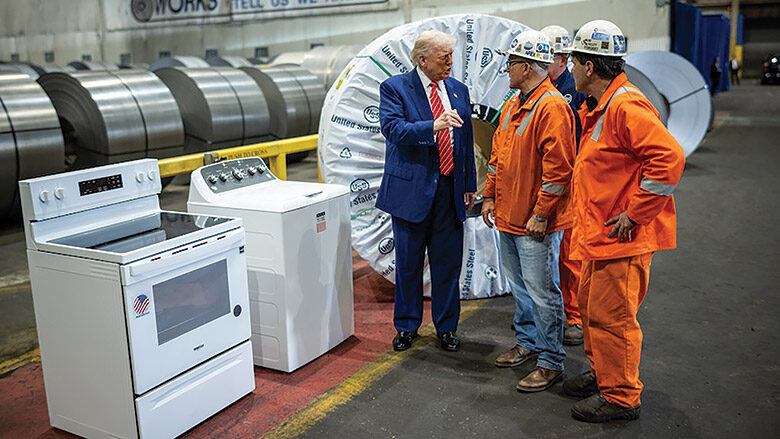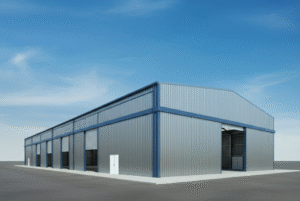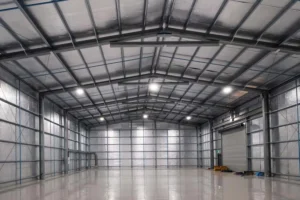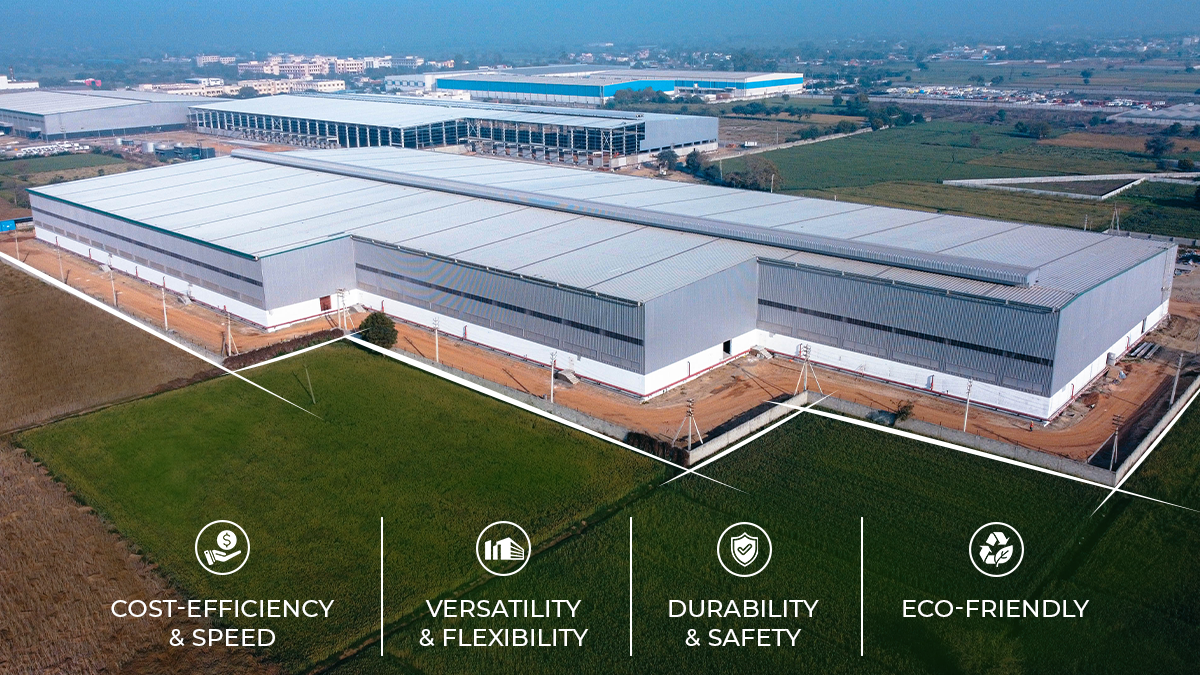
2Q 2025 Cost Report: As Tariffs on Steel, Aluminum Rise to 50%, Feds Approve US Steel Sale to Nippon Steel
[ad_1]

On June 13, President Donald Trump issued an executive order clearing the $14.9-billion acquisition of U.S. Steel Corp. by Tokyo-based Nippon Steel. The move followed a national security review by the Committee on Foreign Investment in the U.S., a U.S. Treasury-led interagency group that also cleared the deal.
While all transaction details have not been made public, Nippon Steel agreed to an unusual arrangement that grants the White House a “golden share” that gives the U.S. government an extraordinary amount of influence over the company. Details released show that the structure would give Trump and successor presidents a permanent stake in U.S. Steel, significant sway over its board of directors and veto power over company actions.
Nippon Steel also previously committed to investing substantially in upgrading U.S.-based capacity—including new production in western Pennsylvania, Arkansas and Alabama—and promised not to offshore production. Trump said in May at U.S. Steel’s Irvin Works in West Mifflin, Pa., that the manufacturer would maintain all current operating blast furnaces at full capacity for at least 10 years under the deal.
“You’re looking at things like data center build out for the power-electricity necessary for more artificial intelligence applications,” said Lisa Reisman, a steel industry analyst and co-founder of buying intelligence site MetalMiner.com. “Nippon Steel is a leader in electrical steels. That technology, hopefully, will transfer.”
She adds that Big River Steel, a U.S. Steel facility in Osceola, Ark., has a non-grain-oriented line to produce electrical steel. “The infusion of capital from Nippon is very helpful for the U.S. and for the race for AI,” Reisman said.
Steel Needs Ahead
Non-grain and grain-oriented are two types of electrical steel used in power facilities due to their differing magnetic properties, with the latter used mainly to produce electrical transformers. A Non-grain-oriented electrical steel line like that at Big River can produce grain-oriented electrical steel with modifications. Reisman also noted the ability to upgrade galvanized and tin-plate lines.
Steelmaker Cleveland-Cliffs and its subsidiary AK Steel now are the only U.S. producer of grain-oriented electrical steel. Cleveland-Cliffs made a competing bid for U.S. Steel, with its CEO Lourenco Goncalves leading a public campaign against the Nippon buy.
The American Iron and Steel Institute, which represents U.S.-based steelmakers, applauded the boosted tariff to 50% on all aluminum and steel imports when Trump signaled he would support the deal in May. He said tariffs would help prevent surges of Chinese steel exports to the U.S. The group, which said they have doubled since 2020 to 118 million tons at the end of 2024, “welcomes” the increased steel tariffs to 50%, it added. Led by China, global steel overcapacity and production continues to grow, even as overall demand is impacted by the “sharp downturn in the Chinese construction sector,” said Kevin Dempsey, institute president and CEO.
Temper on Prices?
Wolfe Research Analyst Timna Tanners told investors that keeping sheet production open could temper prices. Nippon previously said it could restart 2.8 million tons per year of idled blast furnace capacity at the U.S. Steel Granite City, Ill., plant, “which had not been contemplated in our past Sheet Storm oversupply calculations,” said the analyst.
Nucor Corp. and Steel Dynamiscs Inc., will likely remain the largest U.S. domestic suppliers of structural steel, but U.S. Steel produces high-strength, low-ally steels, including those meeting the 80-ksi yield strength used in innovative tall buildings.
“The U.S. will need more power equipment,” Reisman said. “You’ve got to upgrade the grid. We need more power transformers. We have one singular supplier of grain-oriented electrical steel that produces a mid-range product.” She added that “Nippon can bring innovation … [and] is known for creating some of the most energy-efficient electrical steels available in the world today.”
[ad_2]
Source link
Post a Comment
You must be logged in to post a comment.






